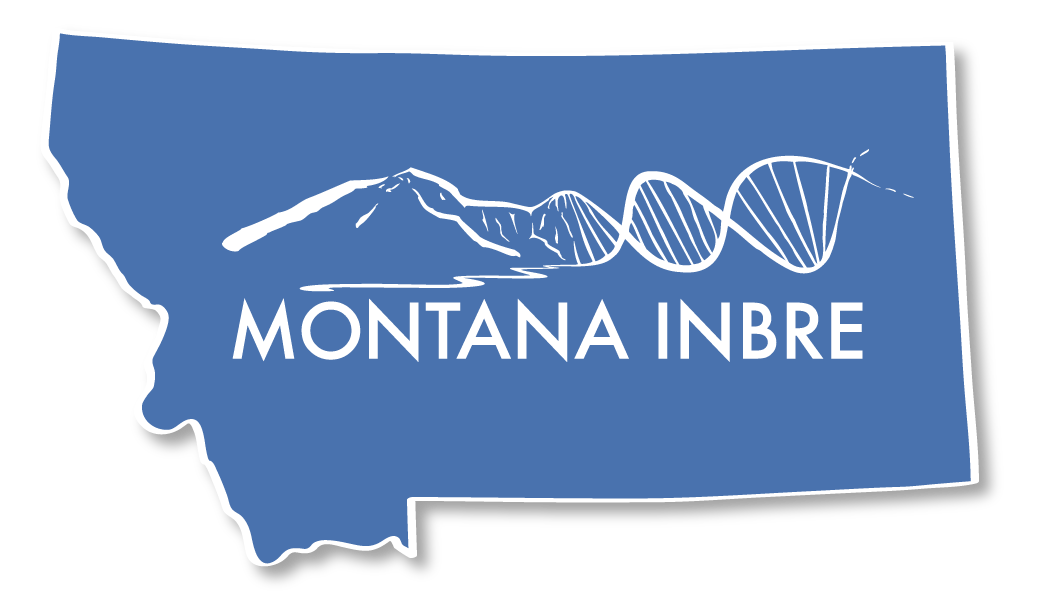Stone Child College Wastewater Based Epidemiology Surveillance Research Program
George Belcourt | Stone Child College
gbelcourt@stonechild.edu
Project Summary
The COVID-19 pandemic presents unique challenges to rural and Native American communities. The National Centers for Disease Control and Prevention (CDC) released data that in 23 selected states, the cumulative incidence of laboratory-confirmed COVID-19 cases among American Indians and Alaska Natives (AI/AN) was 3.5 times that of non-Hispanic whites. Currently, limited data are available to quantify the disparity in COVID-19 incidence, COVID-19 disease severity, and outcomes among AI/AN persons compared with other racial/ethnic groups. The elevated incidence within this population may reflect differences in multigenerational housing practices, reliance on shared transportation, limited access to health care, and availability of data on local disease incidence.
Project Aims
The overall goal of this project is to develop and implement a wastewater-based epidemiology (WBE) surveillance program to study and determine the true extent of the COVID-19 virus in the Rocky Boy’s Indian Reservation (RBIR) population.
The primary outcome of the WBE surveillance program will be for the program to serve as an early warning system to inform public health action and will provide a unique platform for elucidating factors driving the disparity in COVID-19 incidence. This will be facilitated by the following specific aims:
- Stone Child College (SCC), under the guidance of Montana State University (MSU), will establish the capability to analyze human effluence by Q-PCR collected from eight wastewater sites (sampled twice a week) on RBIR.
- To build epidemiology capacity, laboratory capacity, and health information systems for rapid SARS-CoV-2 disease detection and outbreak response at SCC. This includes acquisition of and training for students and faculty on the use of all relevant laboratory equipment and testing protocols and processes.
- To develop the capacity and ability to independently deploy Q-PCR testing protocols that provide valid and accurate data to quantify other health indicators in wastewater on the RBIR.
Establishment of the WBE surveillance program will address a number of serious gaps in knowledge on the epidemiology of COVID-19 and facilitate hypothesis-based public health responses. Given the current state of crisis and serious health impacts on people living on RBIR, this project will begin as a collaborative effort between SCC, Chippewa Cree Tribe Incident Command (CCTIC), the RBIR wastewater district, and MSU. By working together, it will be possible to initiate action on Objectives 1 and 2 before the end of 2020. Objective 3 is a longer plan that focuses on program sustainability and community-driven analysis of health indicators. Once established, WBE of COVID-19 will produce biweekly reports that will be delivered to the CCTIC to inform public health action.

